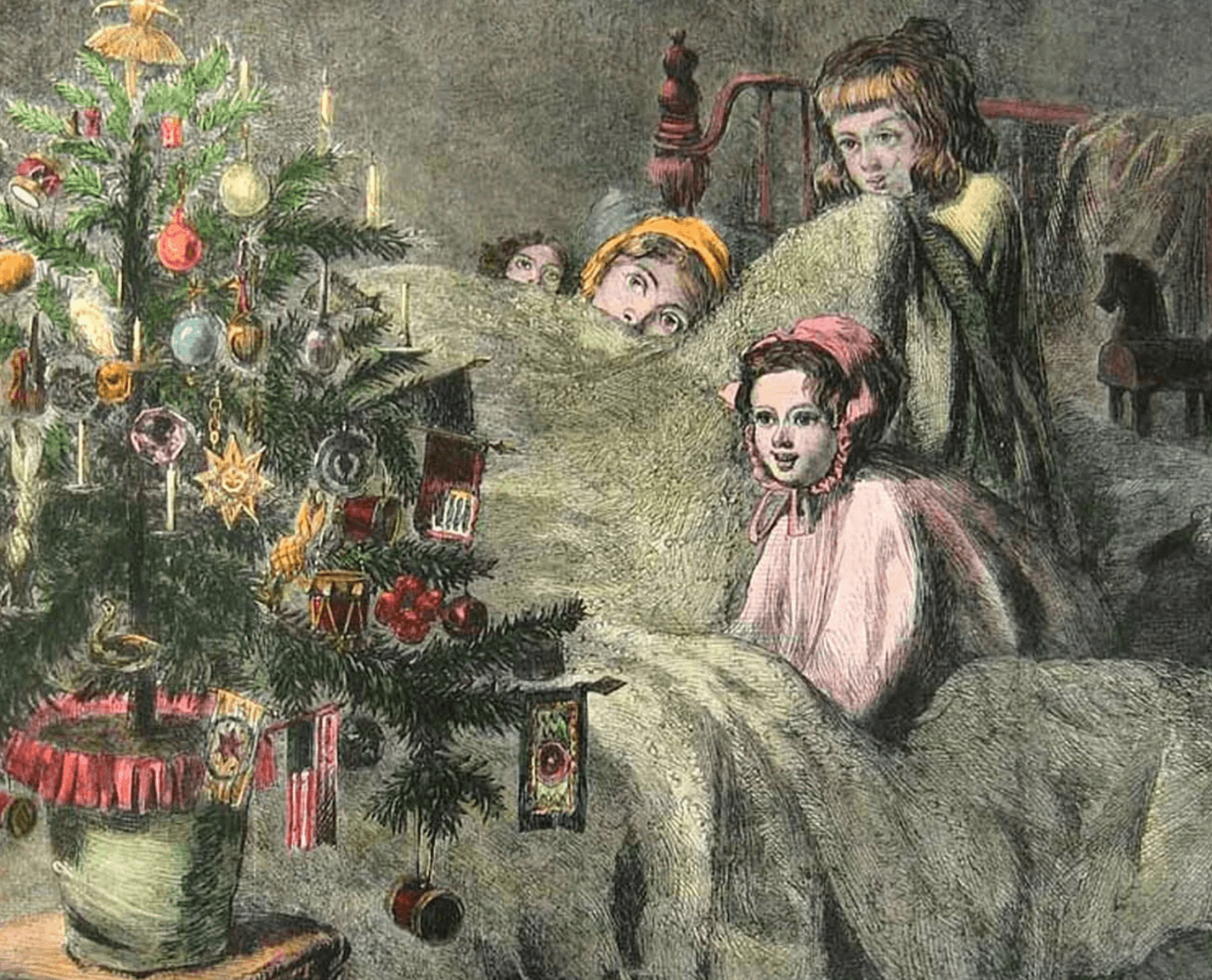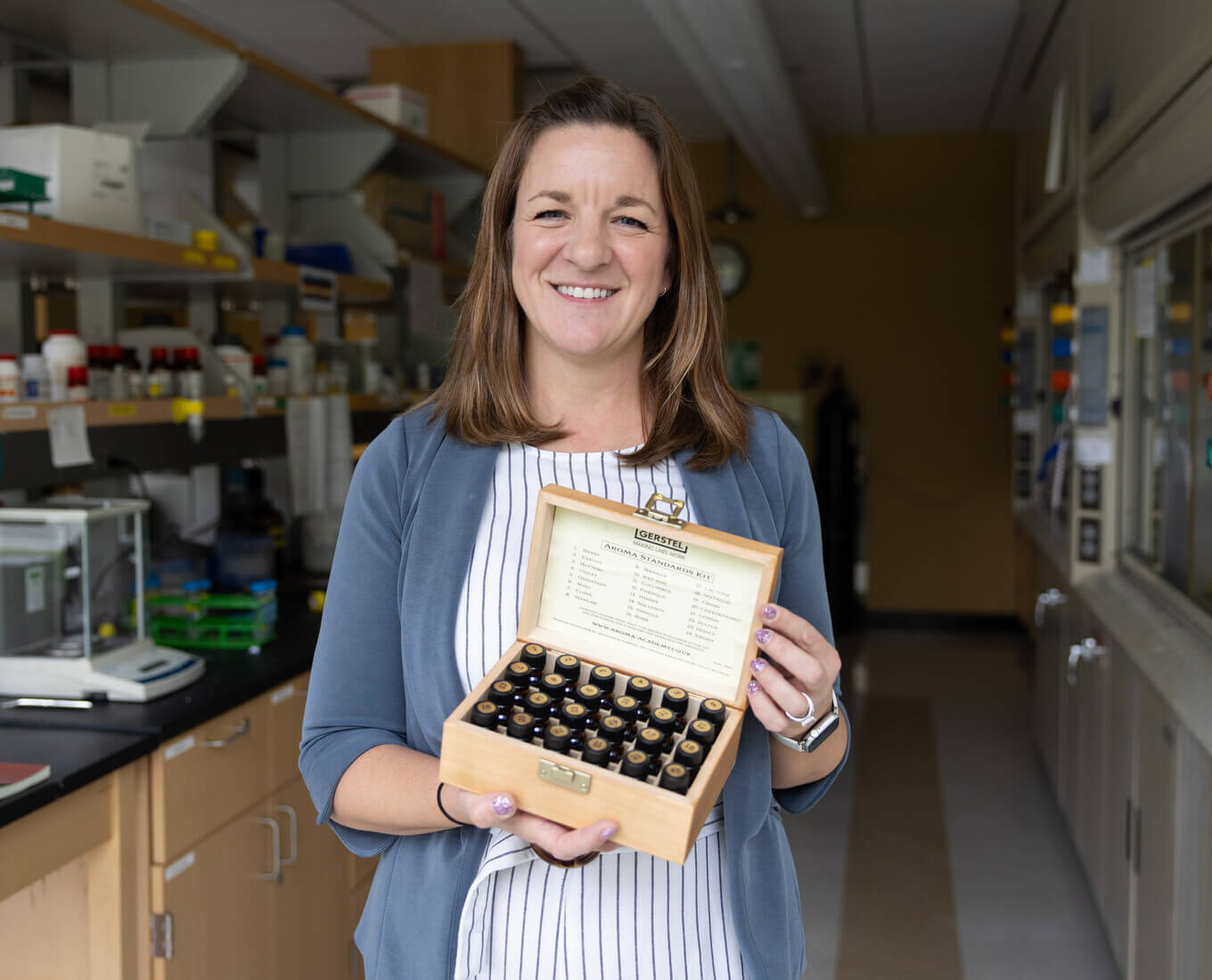WORCESTER, Mass. – Leon Claessens, assistant professor of biology at the College of the Holy Cross, will launch a unique new 3D online database of bones in the skeletons of living, recently extinct, and fossil birds. Made possible through a $497,735 grant from the National Science Foundation (NSF) in August 2008, the Aves 3D site (aves3d.org) is the first online biological database to focus exclusively on three-dimensional surface models of bird skeletons, and will be available, free of charge, to scientists, students, educators and the general public beginning on February 10, 2010.
Intended to facilitate research and educational projects related to bird anatomy, diversity, function, and evolution, the Web site is the collaboration of Claessens; Abby Drake, lab technician at Holy Cross; Holy Cross students and volunteers, and Scott V. Edwards, professor of biology at Harvard University.
Says Claessens: “It is absolutely fantastic how, through student research projects using cutting-edge techniques and equipment, we can create an online resource where students, researchers, educators and the public worldwide can learn more about bird biology, anatomy and evolution, and where they can access high quality three-dimensional data on a wide diversity of common, rare, and even extinct species in a format ready for analysis, all at the touch of a computer button.”
The Aves 3D database allows visitors to interact with approximately 200 three-dimensional digital models of bones and skeletons of 98 different bird species, ranging from common birds like the American robin to more rare and fragile species like the extinct dodo. The site also serves as a digital archive of museum collections, which helps to both increase the use of these important resources, and at the same time reduce the physical handling of delicate and often one-of-a-kind bones for analytical purposes.
A unique aspect of the Aves 3D database is that its digital holdings are largely produced through undergraduate student research. New models are added weekly by Holy Cross students using state-of-the-art, non-contact laser surface scanners to digitally capture the bird skeletons. Students also participate in database-affiliated research projects to examine a wide variety of questions on bird form, function and behavior. Such projects provide students with opportunities for direct involvement with scientific inquiry, research travel and conference attendance.
One of the many students associated with the Aves 3D project, Ema Blumhagen, a member of the class of 2010, recently was awarded a $3,750 grant from the Jurassic Foundation to travel to Beijing, China with Claessens, to 3D scan the skeletal remains of fossil birds from the time of the dinosaurs. Says Blumhagen: “When I came to Holy Cross in my freshman year, I never could have imagined that for my senior thesis I would be traveling to China to help analyze 100-million-year-old fossils new to science and crucial to our understanding of dinosaur and bird evolution. The prospect to see this rare material up close, and interact with students and scientists in Beijing is extremely exciting.”
Claessens earned his Ph.D. and M.A. from Harvard University and B.Sc. and M.Sc. from Utrecht University (Netherlands). His teaching interests include vertebrate morphology and function, and the biology and evolution of dinosaurs and their living and extinct relatives. In 2005, Claessens received international media attention after he co-published a study in Nature suggesting that the breathing systems of Tyrannosaurus rex is similar to that of living birds. Claessens frequently involves students in his lab and in his fieldwork, which includes excavating dinosaurs and other fossils.
Note to editors and producers: Images are available upon request.
Holy Cross Professor, Students Launch Cutting-Edge Web Site on Bird Anatomy
Online database available February 10
Read Time
3 Minutes

